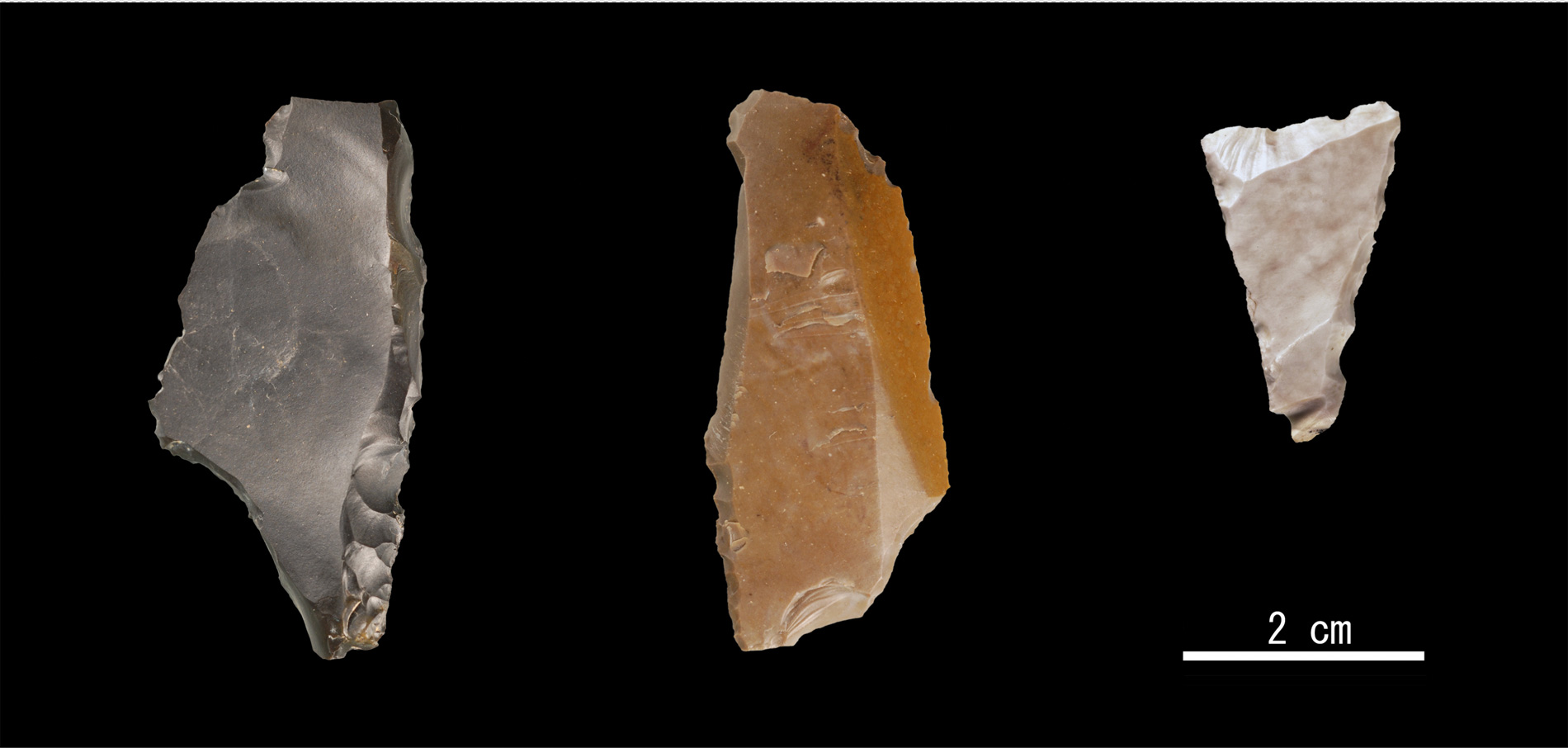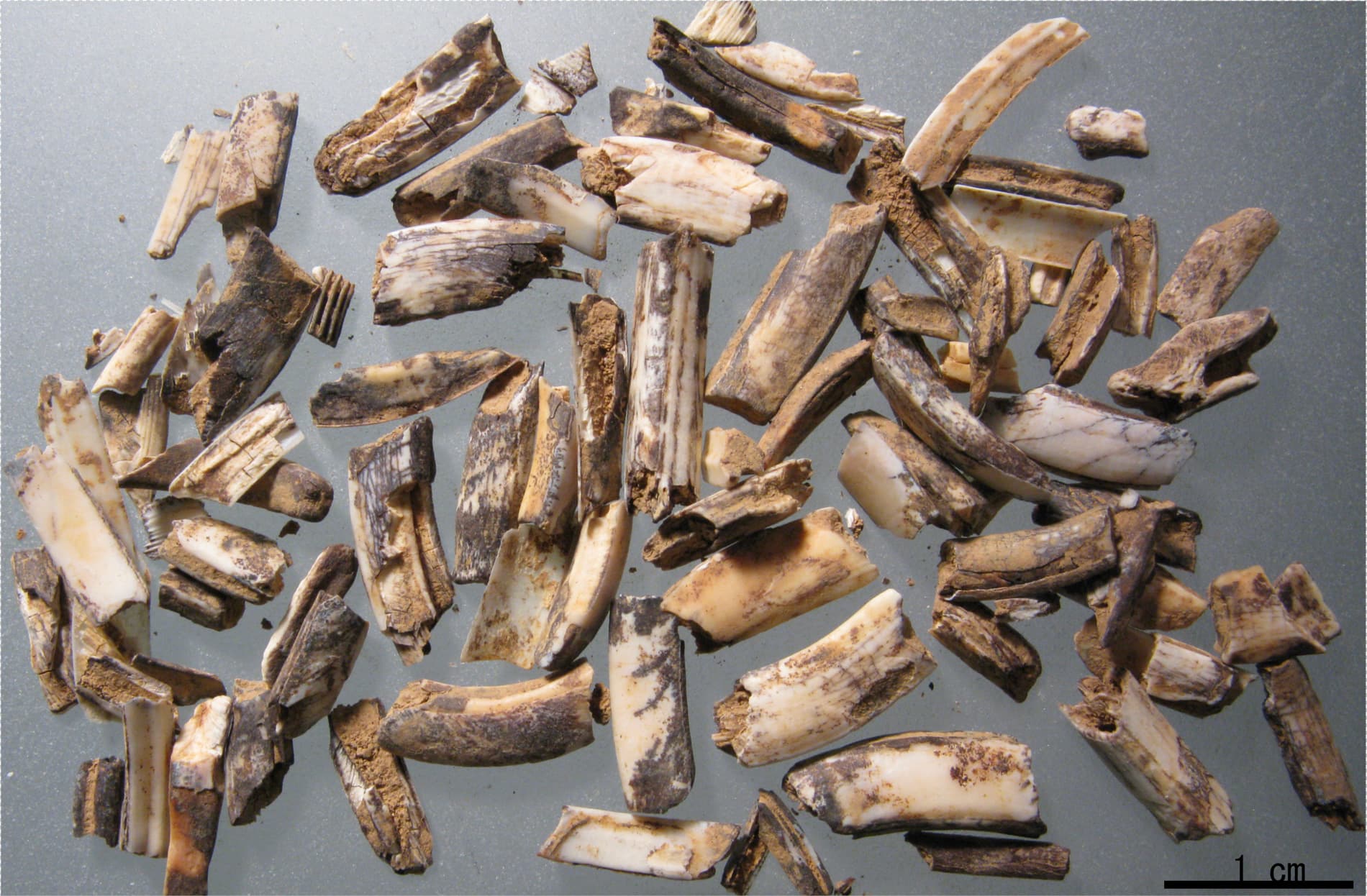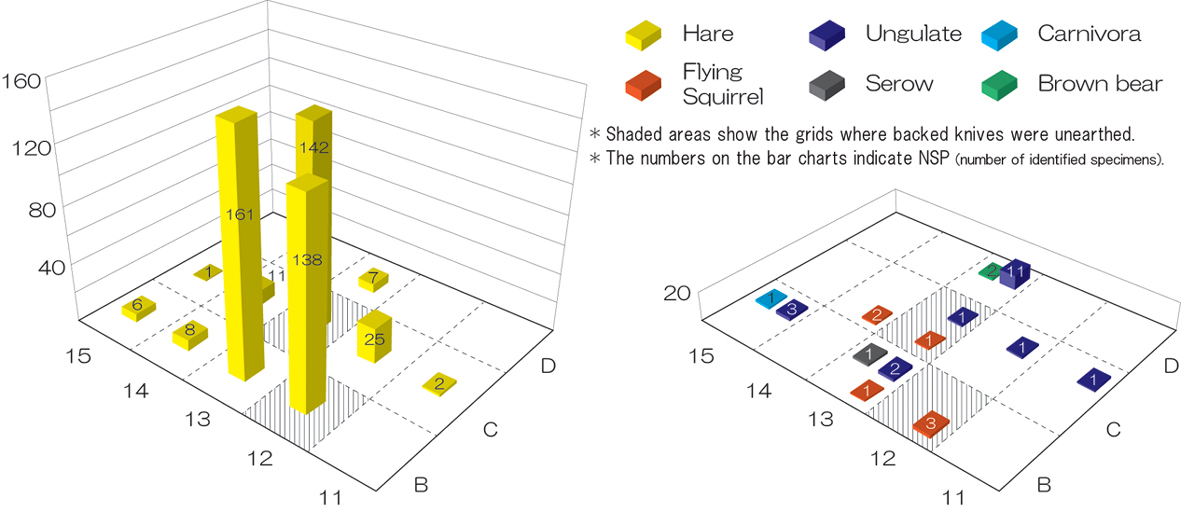Most Paleolithic sites in Japan are buried in acidic loam layers originating from volcanic eruptions. Because of this it has been extremely rare for preserved organic materials to be found at such sites. However, well-preserved Paleolithic and Jomon period faunal remains have been unearthed from the Shitsukari-Abe Cave in Aomori, which is located in one of the biggest limestone formations in Japan. As a result of over 10 years of research, we have confirmed the first case of a close association between faunal remains and lithic artifacts from the Paleolithic period in the Japanese archipelago. Moreover, the fortunate location of the site and the unearthed archaeological specimens raise hopes of finding Pleistocene human remains there. Therefore, this research project aims to clarify the subsistence strategies and history of the Pleistocene human population at the northernmost part of Honshu Island through continued excavation at the site and interdisciplinary research combining archaeology, physical anthropology, paleontology, and geology.

Left and Middle:Backed knife, Right:Trapeze

(some rodent teeth are also included).
